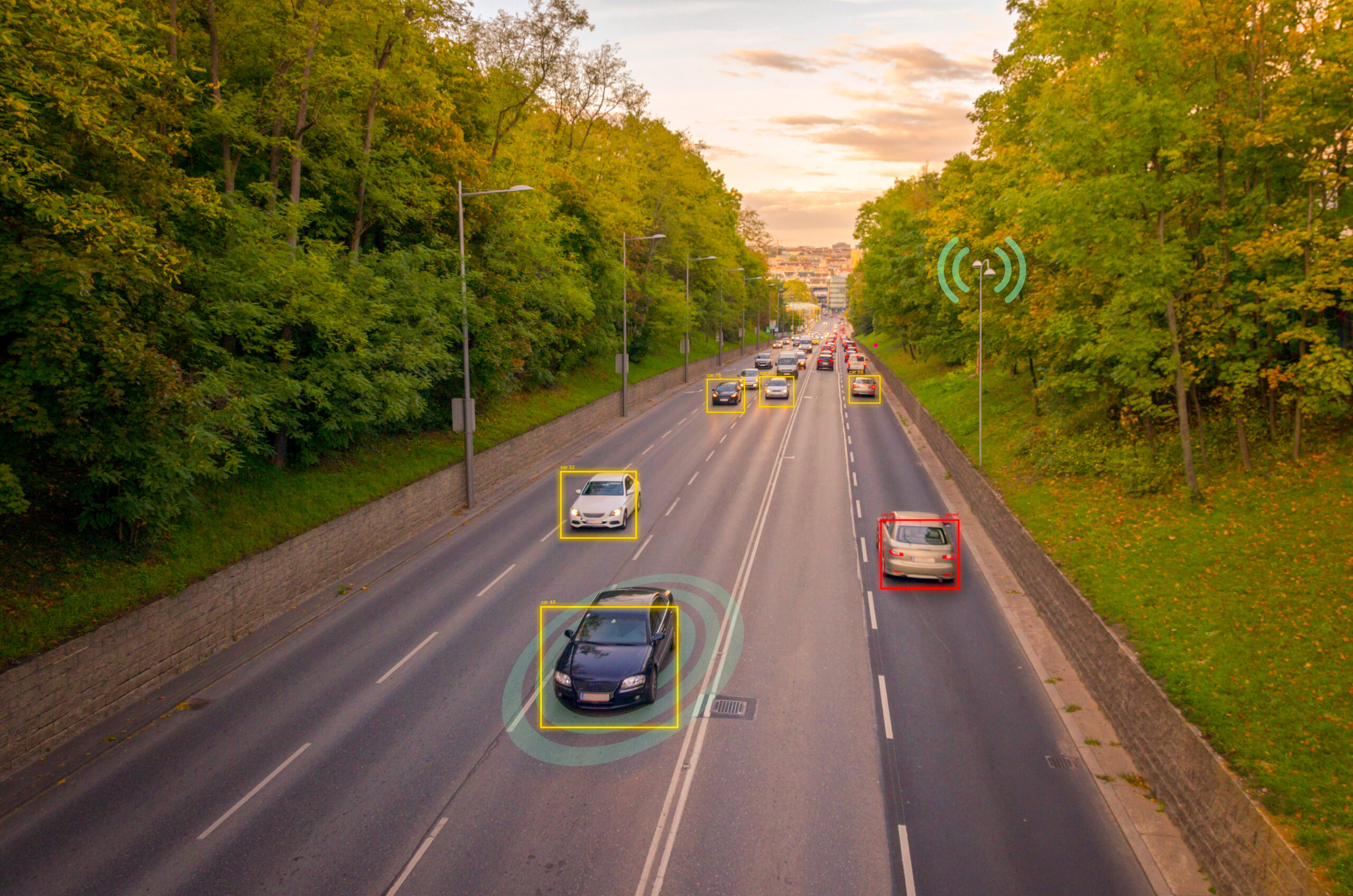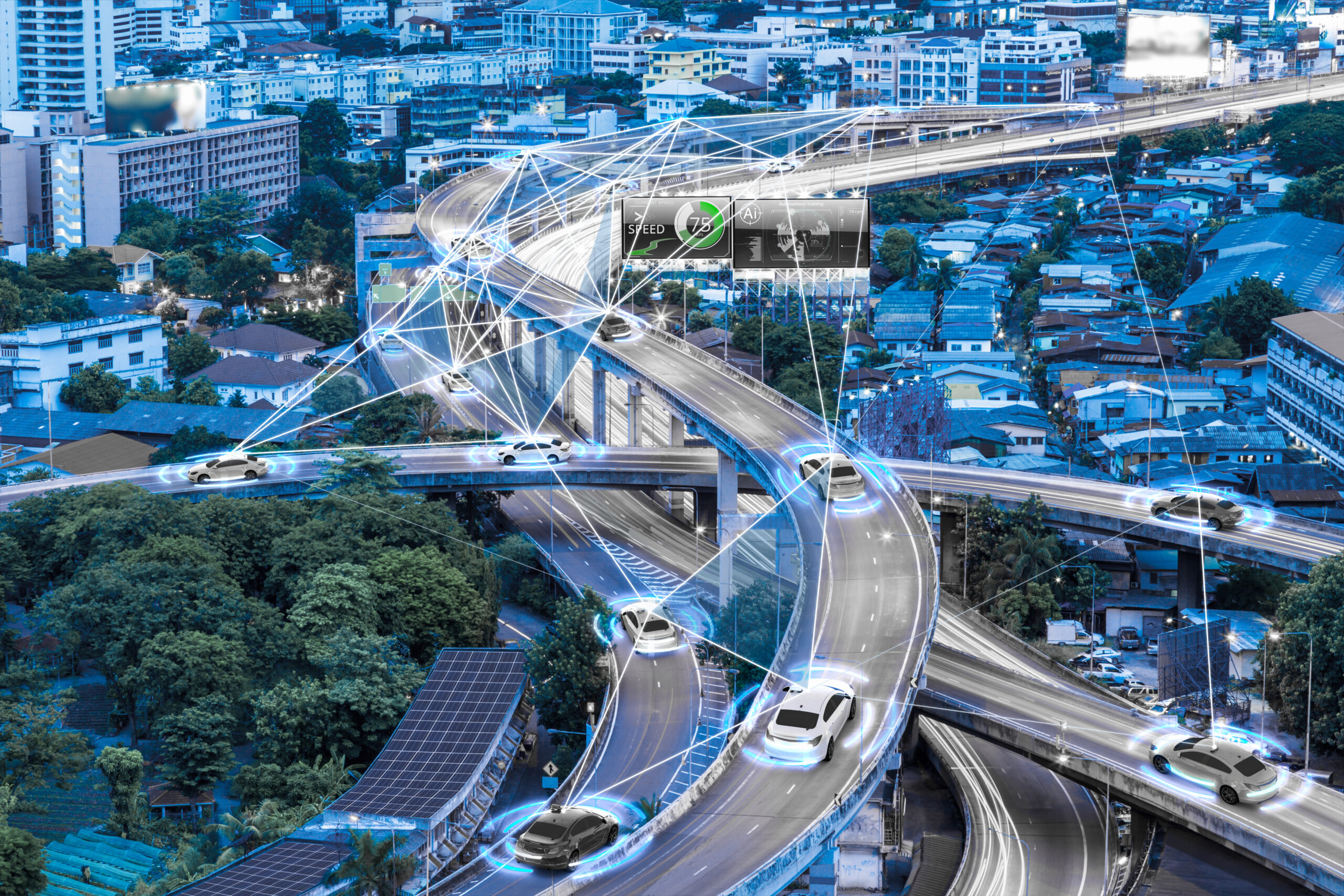Why cellular connectivity is so important for traffic management systems
by Nir Elron
Along with enhanced safety, our roads have another pressing need. With population growth, mass urbanization, and increasing complexity of urban traffic flows, the problem of congestion and gridlock becomes more and more important.
In 2022, the average American spent 51 hours a year sitting in traffic, while in some cities the number was as high as 155 hours. The total cost of traffic associated with lost time and wasted fuel exceeds $150 billion per year. Moreover, idling vehicles add pollution, which leads to environmental and health consequences, including contributions to climate change. There is also a direct impact on health in the form of stress that may result from the hassles of driving and parking.
State and municipal departments of transportation (DOT) put a lot of effort into optimizing traffic by automating traffic control and making it more effective. As technologies evolve and cities become smarter, traffic management tools change. New sophisticated systems that use computer vision, AI, and big data, are capable of identifying not only accidents or speeding but also such common traffic infringements as running red lights, incorrect use of bus lanes, or illegal left turns. They can detect speed, path and journey time for vehicles, cyclists and pedestrians and use this data to optimize traffic flows by dynamically adjusting control mechanisms such as traffic lights, rapid transit lanes, highway message boards, and even speed limits.
Experiments prove that such systems can help improve traffic flow. In 2022 in Canada, in only two weeks at nine intersections smart traffic technology reduced pedestrian delays by 93 hours, and vehicle delays by 181 hours.
Many of these systems rely heavily on cellular connectivity to gather necessary data and interact with the plethora of devices they use. First of all, it’s easier, faster, and less expensive than other means of connectivity. Second, it may be the only connectivity option in remote locations. Third, moving vehicles need to stay connected all the time. And last but not least, there is a reason why many road infrastructure units have SIM slots for backup: the ubiquitous mobile networks can help critical traffic management infrastructure remain operational even in case of accidents.
There are many traffic management applications that include different types of cellular-connected devices, but basically, they all would be used either in traffic control units, in connected vehicles or roadside infrastructure.

Traffic Lights Management
In over a hundred years since their first deployments, traffic lights have become a key element of traffic management systems in all countries of the world. Modern traffic signals may operate with the help of AI and be connected to multiple sensors and cameras, helping to optimize traffic flow and reduce time waste. Yet despite ongoing automation, technology improvements and recent smart cities development, in many cities, most traffic lights still operate on manually set timers and oftentimes use on-site control equipment, such as traffic control boxes within intersections.
Remote management from a centralized control center can help make traffic control more efficient. However, connecting traffic lights through a wired network may imply large infrastructure projects, with digging up roads to install cables, which is costly in terms of both time and expenses.
In contrast, cellular connectivity allows to build smart traffic management systems with any number of sensors, cameras and traffic lights mounted literally on any streetlight pole and connected within minutes.
Connected Vehicles
Connected vehicles have been a hot topic for quite a while now, but when we talk of connected services in the automotive industry, we usually think of cars and overlook the changes happening in the public transportation sector. Meanwhile, analysts forecast that by 2032, public transportation will use 7.3 million connections, offering real-time vehicle tracking, on-board payments, and internet services to passengers. Aside from enhancing commuters’ experience, connecting vehicles helps operators manage bus fleets more efficiently. Another important application is monitoring the health status of the vehicles to ensure that there is no disruption to services and leverage preventive and predictive maintenance techniques. It allows operators to lower the cost of maintaining vehicles and to keep a smaller fleet, as fewer vehicles are undergoing maintenance at any given time.
Cellular connectivity is predominant in the sector: in 2022, 4G was the most common connectivity technology comprising 93% of new connections. In the next decade, 5G will gain prominence and become the most common technology with 63% of all new connections in 2032. All new connected devices in buses will work on cellular technology.
Road Monitoring
Another important application of cellular connectivity that helps improve traffic management is road monitoring. It is crucial both for road maintenance and traffic optimization. By placing cameras and weather stations along the roads, DOTs ensure that drivers get up-to-date information on traffic and driving conditions and guarantee immediate reaction in case of any issues that can hamper traffic flow such as accidents, fallen trees, snowy traffic signs or potholes.
Cellular connectivity is essential in these use cases for obvious reasons – the further the roads that require attention run from big cities, the less likely there is a fixed communication line all necessary devices can be connected to. Cellular networks are omnipresent even in rural areas.
A good example is a project in Finland that shows how cellular connectivity can improve traffic flow in harsh weather conditions. Detailed and specific data on local area weather is gathered from road weather stations and vehicles, processed and then delivered to drivers in real-time. Even when the vehicle is outside the range of any road weather station, 3G cellular data ensures that the most critical information related to weather and traffic is always up to date.

Connectivity Requirements
Cellular connectivity is essential for modern traffic management systems as it serves as a main data highway that links their multiple elements, and there are some requirements that need to be taken into consideration when building traffic control systems.
Latency
Latency is one of the most critical parameters when it comes to traffic control, because even a fraction of a second delay may have catastrophic consequences. For many use cases it even needs to be at the lowest level possible just to be effective. In fact, almost any solution that involves real-time data transfer is dependent on latency, be it a smart traffic light or an engine temperature sensor in a connected bus.
Coverage
Stable connectivity is crucial for all traffic management use cases. Since cellular connectivity is the only viable option for deployments in rural locations and areas with no fixed lines of communication, coverage is one of the major concerns. Though there are cellular networks almost everywhere, each of them inevitably has its weak spots. Poor network coverage, especially outside of urban areas can be a serious challenge for smart transportation projects. Oftentimes bus fleet operators have to find a workaround to solve the problem of real-time tracking on regional routes.
Compliance with Regulations
In any country there are legislative acts that can impact the usage of cellular-connected devices. Starting with strictly technical aspects, there are also regulations on data transfer, privacy and sovereignty, industry specific or local regulations that need to be complied with. To make it worse, legislation is always subject to change. That means that enterprises deploying IoT devices as part of traffic management systems may have problems down the line if their connectivity solution is not adaptive enough to comply with regulations.
Data Usage Control
Due to the dynamic nature of road traffic, companies that use cellular-connected devices in traffic management systems need to control their data usage. Therefore, it is very important for them to be able to throttle their data when the plan is capped, set alerts and make other necessary adjustments to ensure that their usage is aligned with the allocated budget.

Webbing’s Solution
Webbing provides reliable, low-latency internet connectivity for mobility management solutions that drive improvements in traffic flow, connected vehicles, parking management, and the efficiency of urban operations. Through our collaboration with multiple partners such as our recent agreement with Network Optix, a pioneer in enterprise video infrastructure software, we’re empowering transportation agencies to overcome congestion and enhance safety, fostering more sustainable and livable urban spaces.
Webbing’s connectivity solutions guarantee global coverage, and our partner network of over 600 mobile operators worldwide allows IoT devices to roam on several carriers’ network in every region. It solves the problem of weak spots that any mobile network may have and ensures full coverage and continuous connectivity for all units, even at remote locations.
Webbing is a full MVNO that has a fully redundant distributed core network infrastructure with data centers on every continent. It is well suited to support mission-critical, high-data consumption type of use cases and provides connectivity stability and low latency. It also allows for all types of localization, making it easy to comply with local regulation requirements even in heavily regulated markets.
Our eSIM solution ensures failover connectivity with the capability of using multiple mobile carrier profiles, easily changing carriers at any time, and an option to fall back from a failing profile to a different profile without any need to communicate with a remote server. Webbing also offers a portal to manage eSIMs throughout their lifecycle. It allows for defining business rules that govern the automatic profile swap process and provides visibility to profile usage and network events, to guarantee transparent connectivity. With Webbing’s solution enterprises can manage connected devices in bulks, easily scale global IoT deployments, monitor and control data usage of each device.
Our solutions help enterprises overcome their connectivity problems and reduce time to market for global deployments, providing the benefits of roaming with multiple carrier options and seamless transition between carriers with a single SIM.
Reach out to [email protected] to learn more about Webbing’s solutions.




